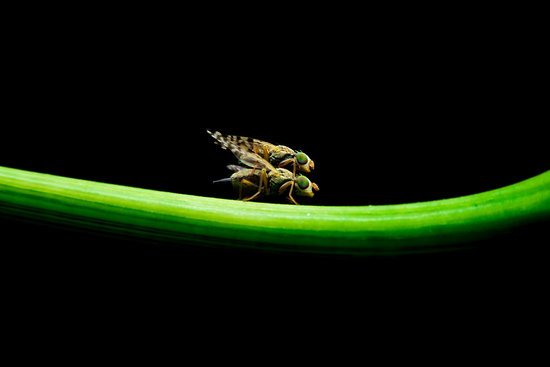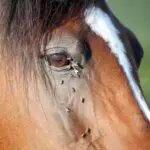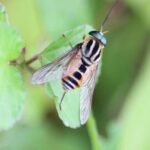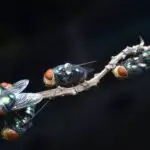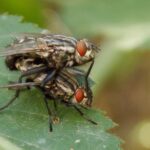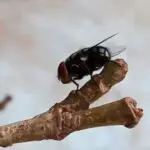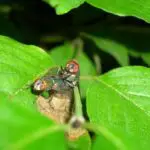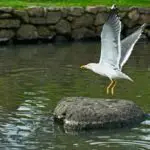Are House Flies Good For Anything?
The common house fly is a little under a quarter-inch long and has four dark stripes across its thorax. It is a predator of other insects, and will lay its eggs on garbage or animal feces. The larvae hatch from the eggs and grow to approximately half an inch, before crawling away to pupate in a dark brown cocoon.
Adult female houseflies lay about 50 to 100 eggs at a time. They will lay up to 500 eggs in their lifetime. These eggs are laid on rotting organic matter and the larvae feed on them. The larvae then mature into reddish-brown pupae about eight millimeters long. The flies live for two to four weeks, and they can hibernate in the winter. They feed on solid, liquid or softened matter and excrete digestive enzymes into their vomit.
Although flies may be annoying, they are important to the environment. These insects help pollinate plants, and they are an important source of food for other animals. They can also spread diseases. They can also help keep pests under control. In addition to spreading disease, flies are an important part of the ecosystem.
Some people use sticky traps and ultraviolet light traps to control housefly populations. Flypaper is another effective method. Flypaper is a resin strip that can be placed on the floor. This is a temporary solution and should only be used in conjunction with other methods.
